How To Prepare Your Business For A Natural Disaster
 In 2017, the U.S. experienced 16 weather disasters that caused losses topping $1 billion each, according to the National Oceanic and Atmospheric Administration. Weather events can strike any business. Companies with a plan for surviving one are more likely to make it through relatively unscathed.
In 2017, the U.S. experienced 16 weather disasters that caused losses topping $1 billion each, according to the National Oceanic and Atmospheric Administration. Weather events can strike any business. Companies with a plan for surviving one are more likely to make it through relatively unscathed.
Here are some steps to take as a starting point.
First, for employees:
- Identify employees who know first aid — and, if no one does, consider investing in training.
- Decide on a code word or phrase to use during an emergency — say, if everyone needs to evacuate immediately.
- Identify where employees and others in your facility will find shelter or how you’ll evacuate, and consider what employees with special needs might require.
- Determine how you’ll reach employees if your business communication systems are down or you can’t get to them. (If you’ll need personal phone numbers or email addresses, ask for them, and if you’ll use social media, let employees know where to check.)
- Draw up an emergency chain of command: Who will be making decisions?
Second, for data, systems and equipment:
- Consider how you’ll protect and access your data — for instance, information stored in the cloud should remain intact through emergencies and be accessible from other locations.
- Back up data regularly.
- Keep your insurance coverage up to date.
- Inventory your equipment with written descriptions and/or photos or a video and store it away from the area at risk. (This can help when filing a loss claim.)
- Assemble the tools needed in a disaster, such as a portable generator, fire extinguisher and first aid kit.
Third, for business partners:
- Decide how you’ll reach customers, suppliers and other business partners.
- Determine who will speak on behalf of the organization to others: What information will they share?
Fourth, for processes and services:
- Assess how you’ll handle continuing functions such as paying suppliers and meeting payroll: What work can be handled offsite, and how will you make that happen?
- Document critical processes so that, if one employee isn’t available, another can take over.
- If you have multiple locations, decide how you’ll use those not affected by the disaster: Can employees set up temporary work spaces there, or customers be directed there?
Disaster preparation is an ongoing exercise. Your plan should change as your business changes.
Your accounting professional can help you develop a disaster plan designed to safeguard employees and others, and to minimize property loss and the disruption to your operations.
© 2018
This material is generic in nature. Before relying on the material in any important matter, users should note date of publication and carefully evaluate its accuracy, currency, completeness, and relevance for their purposes, and should obtain any appropriate professional advice relevant to their particular circumstances.
Share Post:









